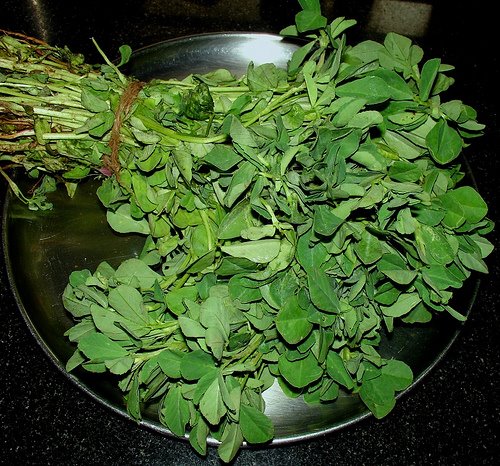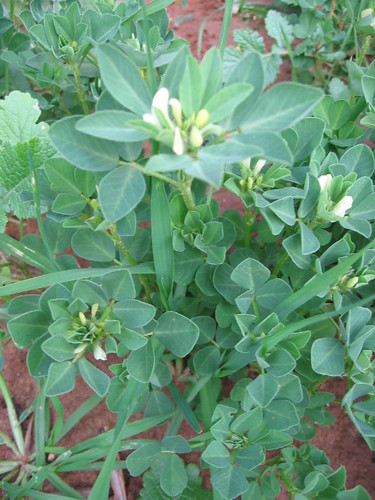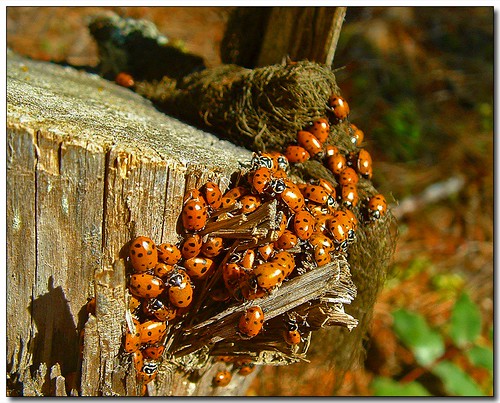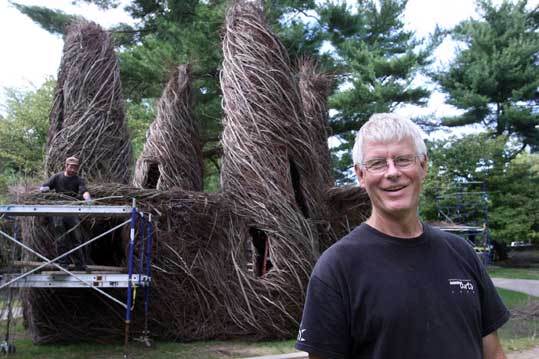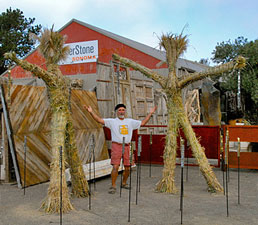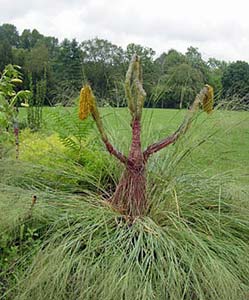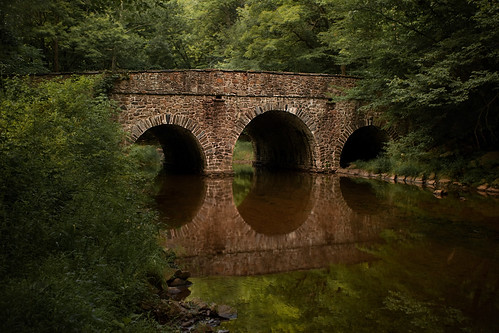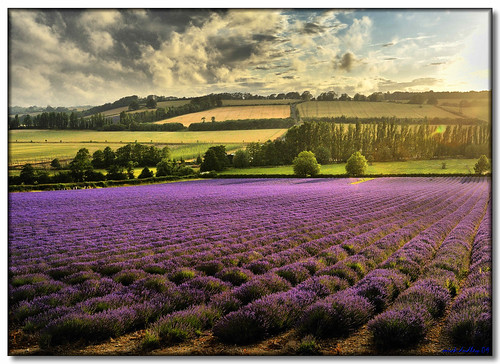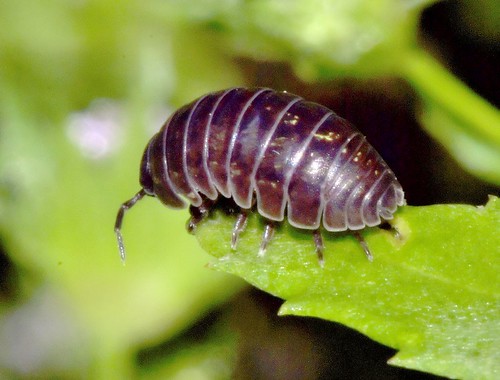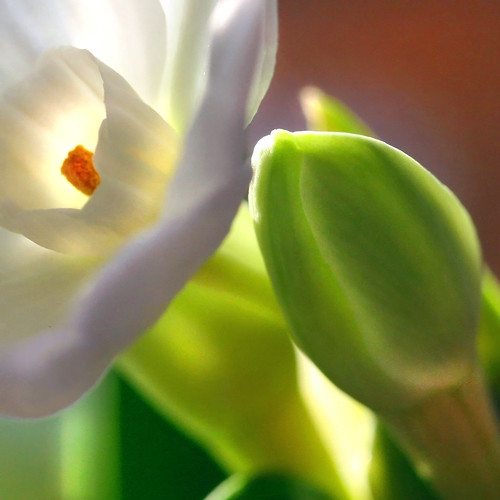
This is the first post in a series about the geology of Castle Rock State Park. It was submitted by a reader named Jonathan. In this post, he explains why he writes about Castle Rock State Park and where it’s located. In the next post, Jonathan will discuss the geologic history of the park.
I chose to write about Castle Rock State Park because of its unique rock formations, including the Park’s namesake, Castle Rock. These formations are most dramatic near the Park’s main entrance where, in addition to Castle Rock, you can find Castle Rock Falls and Goat Rock. The Park’s attractions are not limited to its geology; its 35 miles of trails for hiking, rock climbing, camping, and spectacular views of the San Lorenzo Valley and Pacific Ocean are also major draws. Moreover, the Park’s close proximity to Stanford and the Greater San Jose Area makes it a regular destination for afternoon visits.
The Park’s most popular hike—a 6-mile loop along the Saratoga Gap Trail and Ridge Trail—pass and climb over the above-mentioned formations as well as numerous other outcroppings. The following review of Castle Rock State Park’s Geology covers 5 general regions of the park (figure 1):
1. Castle Rock and Surrounding Outcroppings
2. Castle Rock Falls and the Falls Overlook
3. Outcroppings along Saratoga Gap Trail
4. Outcroppings along Ridge Trail
5. Goat Rock
Where is Castle Rock State Park:
Castle Rock State Park is sandwiched between CA-35 and CA-9 in Los Gatos, CA; roughly 20 miles south of Stanford University (figure 2). From Stanford, travel approximately 11.5 mile south on Page Mill Road to CA- 35/Skyline Blvd, and then travel just under 9 miles south on CA-35/Skyline Blvd to the Park’s main entrance, which is on the west side of the road. Many of the Park’s trails and dirt roads are also accessible further north on CA-35 and along CA-9.
Castle Rock State Park is adjacent to several other parks, including—from east to west—Sanborn Skyline Country Park, Saratoga Gap Open Space Preserve, Long Ridge Open Space Preserve, and Big Basin Redwoods State Park. Accordingly, many of Castle Rock’s geologic features are similar to those in nearby parks.
The featured 6-mile loop hike along the Ridge and Saratoga Gap Trails covers the western and central parts of the park (figure 3). The elevation of this region ranges from 2,600 feet to 3,200 feet above sea level.




